We recently had the chance to sit down with Shirley Crane, an educator from Katherine, NT. Shirley grew up in far north Queensland and has spent a large part of her career working with remote Aboriginal communities. Her deep understanding of Aboriginal culture gives her a unique perspective on the challenges these communities face today.
In this video, Shirley sheds light on the stark differences in healthcare services available to Indigenous and non-Indigenous people in her community. Her observations challenge the common perception that Indigenous people are always at a disadvantage.
Shirley begins by noting that the Aboriginal people in her community are considerably better off in terms of healthcare facilities. The local Aboriginal clinic is well-staffed with a minimum of nine GPs, a full-time dentist, pharmacist, and psychologist. This is a sharp contrast to the 8,000+ non-Indigenous residents, who, at times, have no GP clinic available at all.
She recounts how non-Indigenous residents, even in emergencies, are often not treated at the Aboriginal clinic unless they identify as Aboriginal. This policy forces them to seek help at the hospital, where wait times can extend to several hours due to the prioritisation of Aboriginal patients, especially in cases involving emergencies stemming from fights or intoxication.
Shirley encourages scrutiny of the widely held belief that Aboriginal communities are disadvantaged across the board. In her community, Indigenous people receive much better medical care — this highlights a need for these important services to be provided based on need, not race.




